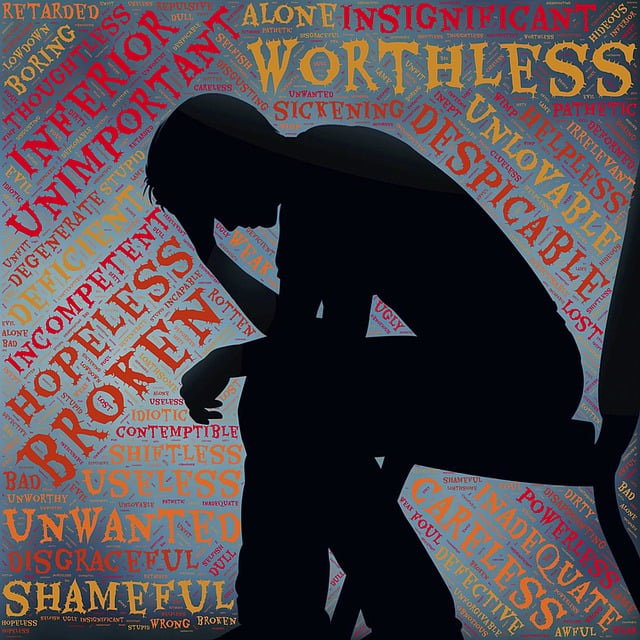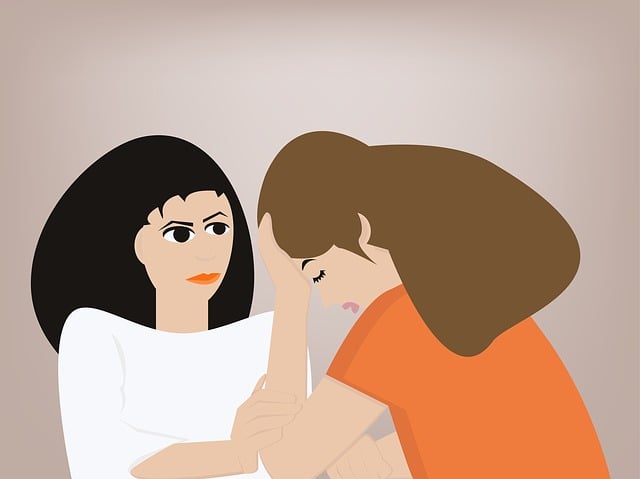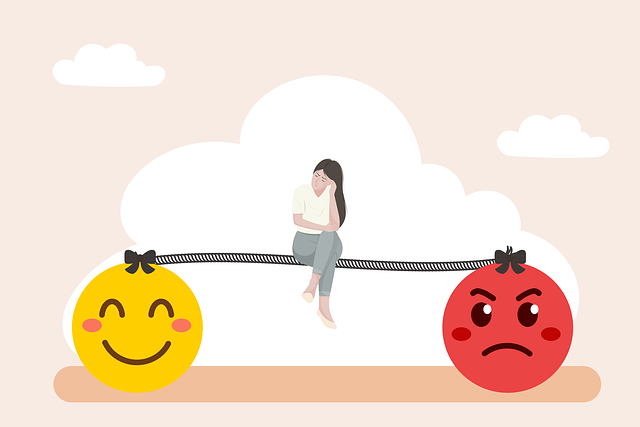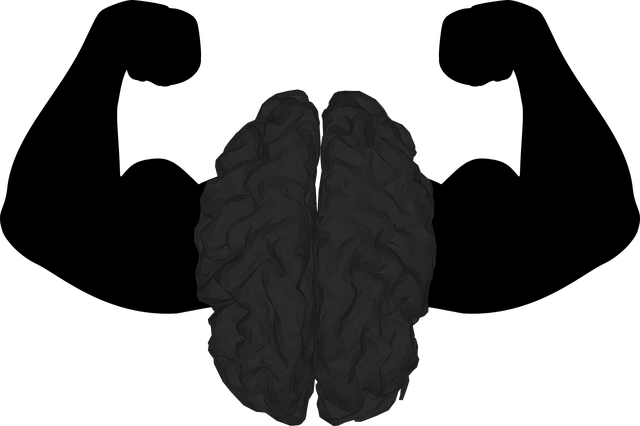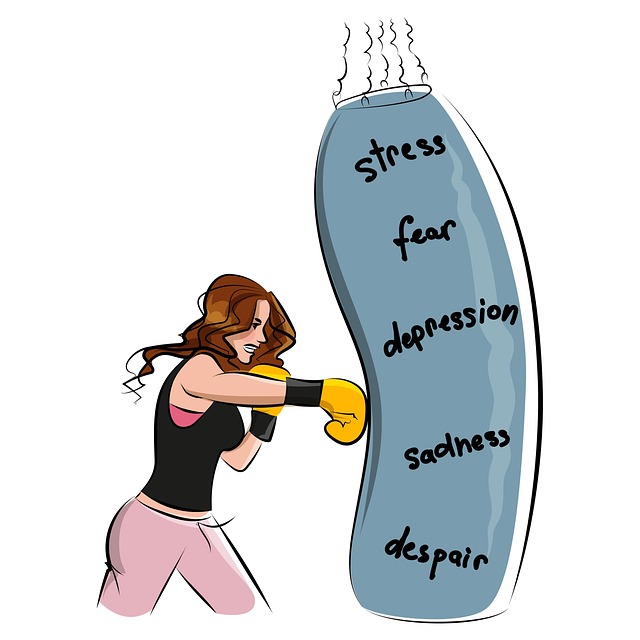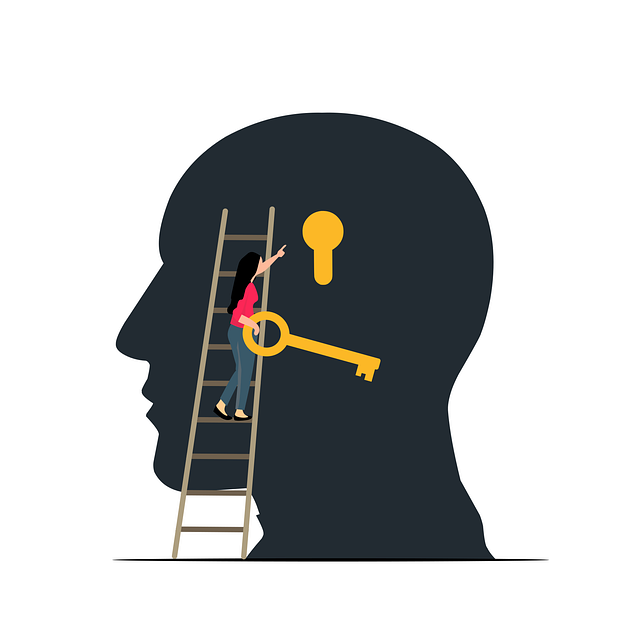Golden Pain Management Therapy (RFM) is a comprehensive approach to building resilience and overcoming life's challenges. Through exercises like Mental Wellness Journaling, mindfulness practices, and CBT, individuals gain tools to manage stress, process emotions, and cultivate positivity. This holistic therapy addresses physical and emotional pain roots, fostering mental fortitude for improved overall well-being. By integrating RFM techniques into daily life, folks can enhance adaptability, bounce back from setbacks, and embrace life's ups and downs with increased resilience.
Resilience is a powerful tool in navigating life’s challenges. RFM (Resilience, Flexibility, and Mobility) training offers a unique approach to building mental and physical fortitude. This article explores the concept of RFM and its benefits for overall well-being. We delve into understanding the core principles, highlighting the significance of pain management as a key component in fostering resilience. Additionally, it introduces Golden Pain Management Therapy, a holistic method, and provides practical exercises to enhance resilience, offering readers valuable insights for integrating these strategies into daily life.
- Understanding RFM: The Foundation of Resilience
- The Role of Pain Management in Building Resilience
- Golden Pain Management Therapy: A Holistic Approach
- Exercises for Enhancing Mental and Physical Resilience
- Integrating RFM into Daily Life: Practical Strategies
Understanding RFM: The Foundation of Resilience

Resilience is a crucial element in navigating life’s challenges and setbacks. Understanding RFM (Resourceful Front-end Management), often referred to as Golden Pain Management Therapy, serves as a foundational framework for building this resilience. It empowers individuals to shift from reactive to proactive modes when facing stress or difficult situations.
RFM encourages the development of coping skills by providing effective tools like Mental Wellness Journaling Exercise Guidance. This involves introspective practices that help individuals process their emotions, gain insights into triggers, and cultivate a positive mindset. By integrating these exercises into daily routines, one can enhance their ability to manage stress and promote mental wellness. This proactive approach not only enables individuals to bounce back from adversities but also fosters personal growth and an overall improved quality of life.
The Role of Pain Management in Building Resilience

Pain is an inevitable part of life, but it doesn’t have to define our resilience. Effective pain management plays a pivotal role in building mental fortitude and adaptability. It’s about transforming discomfort into a catalyst for growth. Golden Pain Management Therapy, for instance, focuses on this very aspect, offering techniques to not just cope but thrive despite challenges. By implementing community outreach program initiatives that prioritize mood management and positive thinking, individuals can develop the tools needed to navigate life’s ups and downs with resilience.
This approach isn’t just about masking symptoms; it empowers people to understand and regulate their pain responses. Through various exercises, one learns to dissociate from negative thoughts associated with pain, fostering a more adaptive mindset. As a result, individuals become better equipped to face future adversities, making their emotional recovery faster and more effective.
Golden Pain Management Therapy: A Holistic Approach

Golden Pain Management Therapy offers a holistic approach to healing, focusing on addressing the root causes of pain rather than merely treating symptoms. This innovative method recognizes that physical pain is often intertwined with emotional and psychological distress, especially in cases involving trauma or chronic conditions. By integrating various techniques such as mindfulness, meditation, and conflict resolution strategies, this therapy aims to enhance individuals’ resilience and coping mechanisms.
The program provides a safe space for clients to explore their experiences, process emotions associated with pain, and develop effective management skills. Trauma support services within this framework are designed to help individuals process and release traumatic memories that may be contributing to their physical discomfort. Through Resilience Building exercises tailored to individual needs, participants learn to navigate challenges, fostering a sense of empowerment and improved overall well-being.
Exercises for Enhancing Mental and Physical Resilience

Building mental and physical resilience is key to navigating life’s challenges with strength and adaptability. Exercises that fall under Golden Pain Management Therapy offer a powerful toolkit for enhancing resilience. These therapies go beyond addressing symptoms by targeting the root causes of pain, stress, and trauma. Techniques such as mindfulness meditation, deep breathing exercises, yoga, and progressive muscle relaxation not only reduce immediate discomfort but also equip individuals with self-care routines to manage future crises effectively.
Additionally, crisis intervention guidance plays a pivotal role in resilience building. This includes cognitive behavioral therapy (CBT) techniques that help reframe negative thought patterns and foster healthier coping mechanisms. By integrating these practices into daily life, individuals can develop a robust foundation of mental fortitude, enabling them to bounce back from setbacks and embrace life’s ups and downs with enhanced resilience.
Integrating RFM into Daily Life: Practical Strategies

Integrating RFM (Resilience, Flexibility, and Mindfulness) into daily life is a powerful approach to enhancing one’s overall well-being and managing stress effectively. This ancient practice, often akin to Golden Pain Management Therapy, offers practical tools for navigating life’s challenges. By incorporating mindfulness techniques, individuals can develop a deeper sense of awareness, allowing them to respond rather than react to stressful situations.
Practical strategies include setting aside dedicated time for meditation or breathwork exercises, especially during times of high stress or emotional turmoil. Engaging in regular physical activity, such as yoga or tai chi, also falls under this category, as it promotes mental clarity and fosters a sense of calm. Additionally, building a supportive community through social connections and participating in community outreach programs can significantly contribute to resilience-building, offering a network for crisis intervention guidance when needed.
Resilience is a powerful tool for navigating life’s challenges, and integrating RFM (Resilience, Flexibility, and Mobility) exercises can significantly enhance our ability to cope. As discussed, understanding the core principles of RFM, adopting holistic pain management strategies like Golden Pain Management Therapy, and incorporating targeted mental and physical exercises into daily routines are key steps toward building resilience. By embracing these practices, individuals can cultivate a deeper sense of well-being, enabling them to embrace life’s ups and downs with strength and flexibility.
